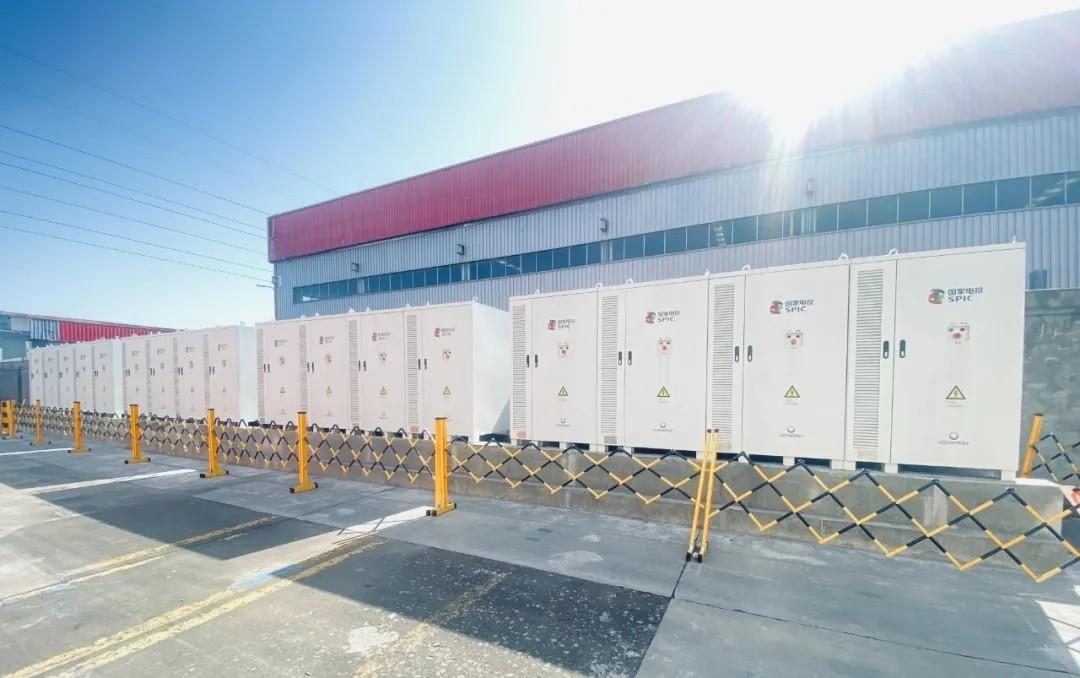Guide to Industrial and Commercial Energy Storage Construction: Key Considerations for Access Voltage Selection
The introduction of energy storage systems in the industrial and commercial sectors has become a crucial step in enhancing energy management efficiency and optimizing electricity costs. Selecting the appropriate access voltage level for the energy storage system is a key part of the construction process. It not only ensures the precise alignment with the enterprise's electricity needs but also directly affects the system's economy, safety, and operational convenience. Proper voltage selection is essential to ensuring the safe and stable operation of the industrial and commercial energy storage system.
User's Total Incoming Line Voltage Level
The access voltage level of the energy storage system mainly depends on the enterprise's power demand and the design of the distribution system. Typically, industrial and commercial users, as well as large industrial users, adopt 10kV/35kV incoming lines. The access point for the energy storage system should generally be set at the high-voltage or low-voltage busbar of the user's substation. Based on the primary circuit diagram and the energy storage access capacity, 0.4kV or 10kV is typically used to connect to the user's distribution network.
For user-side energy storage systems connected to 0.4kV, in principle, a single access point should be set on the 0.4kV low-voltage busbar of each transformer. When the capacity of a single transformer is 2000kVA or above, and there is ample space on the low-voltage side of the user's substation, an additional access point may be added. For systems connected to 10kV or higher, in principle, one access point should be set per busbar. For a 10kV step-up transformer, the individual capacity should not exceed 2500kVA. Multiple transformers can be used for step-up and then merged into the 10kV busbar.
Energy Storage System Capacity
The construction scale of the industrial and commercial energy storage system directly impacts the choice of access voltage level. The capacity of a single access point should match the voltage level and should not exceed the following limits:
- 0.4kV access: up to 1000kW (inclusive)
- 10kV access: up to 6000kW (inclusive)
- 20kV access: up to 12000kW (inclusive)
- 35kV access: up to 30000kW (inclusive)
If the user's substation adopts a "high supply, low measurement" power supply method, energy storage can only be connected to the low-voltage side. If a "high supply, high measurement" method is adopted, energy storage can be connected to either the low-voltage or high-voltage side.
National and Local Standards
National and local standards set clear requirements for the voltage levels at which energy storage systems should connect to the grid. For example, **GB/T 36547-2018** recommends that energy storage systems of 1000kW or below be connected at 0.4kV. The **2023 Zhejiang Province Electrochemical Energy Storage Technology Guidelines** stipulate that energy storage systems connected to 10kV should not exceed 6000kW. Additionally, different regions may have varying standards and requirements for access voltage, so it is essential to consider local standards and regulations when implementing specific projects.
Project Construction Costs
The choice between high-voltage and low-voltage connection schemes should also take into account the impact of environmental conditions, equipment, and construction factors on costs. High-voltage access requires the purchase and installation of step-up equipment. In addition to equipment costs, the construction of substations, land usage fees, and cable installation expenses can increase project costs. Only when the project scale is large enough will the average cost decrease. On the other hand, low-voltage access requires careful consideration of installation locations and cable costs to strike the best balance.
Conclusion
The selection of the access voltage level for industrial and commercial energy storage systems is a comprehensive decision-making process. It involves considering factors such as the user's total incoming line voltage level, energy storage system capacity, construction costs, and the relevant national and local standards. In practical applications, detailed analysis and selection based on local conditions are necessary to ensure the safe and efficient operation of the energy storage system, ultimately providing significant economic benefits and sustainable development for the enterprise.
Next:Energy Storage is More Than Just Batteries! Let Talk About the Importance of the 3S System
Previous:Low Temperature Response Strategies for Energy Storage Systems
